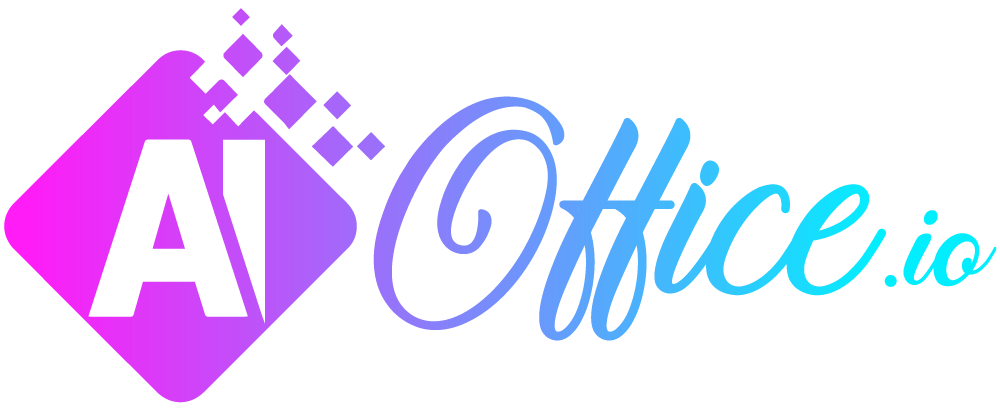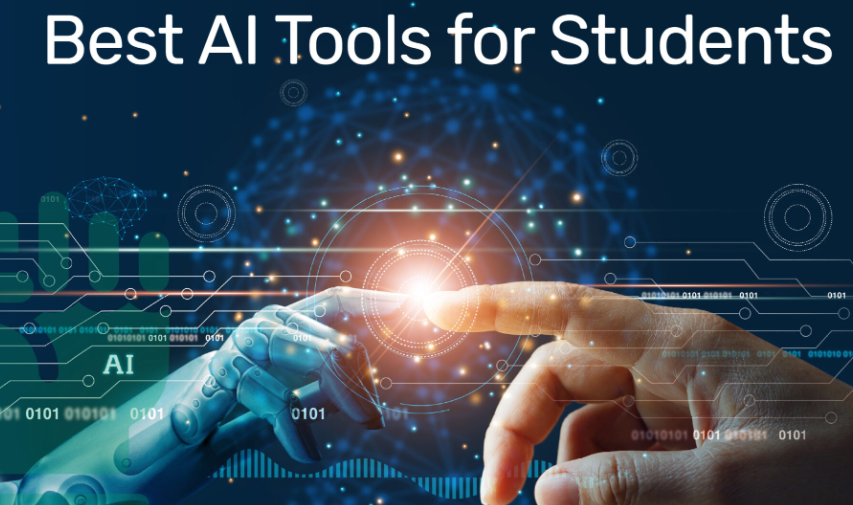Rise of AI in Video Editing

Admin
AI Research Analyst | 31 January 2025Table of Content












AI has made significant progress in almost every field, including video production. However, the use of AI in video editing is increasing. AI helps in various aspects of video editing. Nowadays, if we look at YouTube, the trend of YouTube automation is at the top, with many automated channels getting monetized. It shows that AI is indeed helpful in video production and benefits this industry, which we will read about in this article.
Benefits Of AI In Video Editing
AI is becoming the next big thing in video editing tools. Many video editing professionals rely increasingly on artificial intelligence to optimize their work. Here are a few ways AI is being used to make video editing easier:
Text-Based Editing
Among the possibilities of AI recently introduced is the potential to amend videos by using text commands. Applications such as Storylines that convert the video into writing enable one to select specific statements from the written form. Once you have chosen your preferred clips, the software generates a rough cut timeline where fine-tuning can be done in applications such as Premiere, Final Cut, or Resolve.
It saves much time to do manually and also helps you to give more time to the creative part of editing. Some editors are also applying text search to find specific terms in interviews, which is a part of Premiere in its beta version.
Audio Editing
AI is also coming into play when it comes to audio editing as well. By installing Adobe’s smart voice enhancer, levels may be balanced or adjusted so that dialogue is clear. Over time, this tool has become one of the most commonly used applications for many editors seeking to economize audio mixing.
Similarly, other AI-based tools, such as the Adobe Remix tool, assist in retiming music tracks to the length of video. Such qualities enable faster post-production audio modifications to be made with great ease.
Stabilization and Tracking
VFX artists harness AI to automate repetitive processes of shaky video stabilization more efficiently. Applications such as Magic Mask in DaVinci Resolve use artificial intelligence to create masks for clips that would otherwise be time-consuming to rotoscope manually. This level of automation improves user experience and brings efficiency, as editors dedicate time to creative aspects of the project and not to technicalities.
Speech-to-Text and Background Noise Removal
Cleaning tools can also be helpful, and Adobe Podcast can be a great assistant during this stage. For example, Adobe Podcast can erase background noise from interviews or speeches so that while editing the dialogue, the director will have no extraneous noise interfering with the presentation.
Expression Writing and Effects Automation
In motion graphics and animation, AI can help script expression controls in Adobe After Effects. This is very useful for developer pairs or web designers who need to create elaborate animations without coding. AI can also help make depth maps or automatically apply appropriate effects to such scenes.
AI Assistance for Troubleshooting
It’s amazing that AI can even help troubleshoot. Video editors use AI tools like ChatGPT to seek help on issues or learn techniques like color grading.
Can AI Replace Video Editing Jobs in 2025?
AI is not set to replace video editors fully, but it is already infusing the market in many ways. Similarly, many users reconcile themselves to the fact that teaching an AI about such things as captioning, cutting, or color grading is possible. Still, at the same time, such abilities cannot substitute the actual creative spirit, the desire to narrate a story through the video, and the ability to express emotions that define video editing. Sometimes, AI can do a lot of things, but it can never create or analyze human emotions like an editor is capable of.
However, despite the progressive development of technology, it has not yet reached the level where artificial intelligence can replace people’s fine work in video editing. It is perceived more as a means of helping the editors rather than replacing them. For instance, it can simplify time-consuming activities. And makes editors dedicate more time to organizing and influencing their work. What they are predicting here is that AI will not replace the profession but will enhance it.
Nevertheless, many argue that such a market is already oversaturated, especially in today’s era of social media, such as YouTube, where many people experiment with and produce such videos. That makes it more challenging to be noticed and hence clinch a job, but conversely, most budding editors are not committed to perfecting their skills.
Many people care about the editing process, but only about 5% know how to edit really well. This small group is made up of editors who are willing to spend the time and effort to master their skills. If you want to join that 5% and learn both basic and advanced editing techniques, including using AI tools, you will stand out.
Top Best AI Tools For Video Editing
1. Descript AI
Quite a several creators appreciate Descript AI for making the video editing process a success. Users shared that they have been using it for months to edit YouTube videos, reels or shorts. Descript is valued for its time-saving tools, including text-chopping and transcription, making editing and creating content more manageable. People who create content for social media will find that Descript functions as a significant enhancement in terms of both speed and convenience.
2. VideAITools
The second valuable source mentioned by the users is the VideAITools website, a list of AI video creation and editing tools. It helps recommend an initial choice for first-time users or those willing to trial and error different applications. It gathers many AI-associated services, allowing the creators to choose the most appropriate tool for their project.
3. Captions.media
For an efficient service that users describe as fast, Captions.media should be recommended for anyone who wishes to make videos more accessible and engaging. Captions are essential for growing audiences on platforms like Instagram and YouTube. It adds captions on the go, making videos more accessible for viewers with hearing impairments.
4. Cliptalk Pro
Cliptalk Pro is another AI tool that creators particularly point out, and it is referenced for creating short-form videos. From this site, it is possible to develop and write scripts and even get the actual creation of given scripts that users have written. Besides, editing created videos, adding captions, or including a voice-over option is possible.
All its users note its ease of use and effectiveness, especially for people who post content for platforms like YouTube and TikTok. One of the key benefits of this tool is that it provides an opportunity for speedy video creation and editing simultaneously, which makes it beneficial for those who want to spare time on planning and tool search.
5. Jumper.io
Jumper.io is an AI tool to improve visuals and conversation when searching for content. It's a suitable tool for navigating through videos, specifically when one is in the process of looking for specific videos to watch. It's an AI search option; it's particularly beneficial for creators dealing with challenging content that requires graphics and spoken words. Specifically, this tool will be helpful for creators who want to enhance their content management and editing processes.
Final Words
The use of AI in video editing is rapidly increasing. Professionals in this field understand how to leverage AI to their advantage, but newcomers to video editing may face some challenges. AI can never wholly replace human creativity; it has not yet advanced enough to understand human feelings. Instead of being afraid of this, don't think you shouldn't learn skills. Instead, in 2025, you should learn video editing skills alongside AI.


